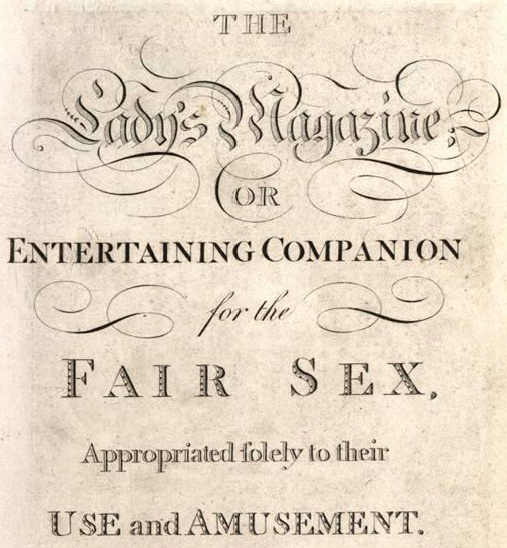As Katie Turner Getty wrote this weekend at Emerging Revolutionary War, only three women were invited to testify in court about what they saw on King Street on 5 March 1770. And only two of those women’s testimonies were recorded in detail.
Jane Crothers, soon to become Jane Whitehouse, was on the street near the soldiers; she testified at the trial of Capt. Thomas Preston. Elizabeth Avery was upstairs in the Customs office, looking down on the crowd. With Avery was Ann Green, who corroborated her account during the trial of Customs officers—including Ann’s brother—for supposedly shooting down at the crowd from that same room.
Boston’s report on the confrontation, A Short Narrative of the Horrid Massacre, quoted many other women about how they interacted with soldiers in their houses. But it appears few had come out to King Street to help fight the fire or watch the confrontation between locals and soldiers, as many men did.
That reflects how eighteenth-century society saw women as outside the public political sphere, or at least that part of the political sphere that involved the use of force.
Nevertheless, the culture recognized that women were interested in political events. The February 1771 issue of a new British periodical called The Lady’s Magazine; Or, Entertaining Companion for the Fair Sex included this report:
AMERICAN NEWS.That was the same text that appeared in many other British newspapers and magazines of the same month because printers thought that news would interest all their readers.
Boston, New England, Dec. 10. At the Superior Court of Judicature, now holding at Boston, came on the trial of eight soldiers belonging to the 29th regiment, who stood indicted for the murder of the several persons on the 5th of March last, by firing their guns in King-street. The examination of witnesses took up five days; the Counsel for the Crown and the Counsel for the prisoners held about two days: On Wednesday the honourable Court summed up the case, when the jury brought in their verdict, two of the soldiers guilty of manslaughter, the other six not guilty. The two former were recommitted to gaol, imd the six were discharged.
The two soldiers convicted as above, have since been branded in the hand in open Court, and discharged.
Boston, Dec. 17. At the Superior Court held in this town last Wednesday, came on the trial of Edward Manwaring, Esq; an Officer of the Customs, Mr. John Munro, Notary Public, Hammond Green and Thomas Greenwood, who had been charged with firing guns out of the Custom-House on the 5th of March, and indicted by the Grand-Jury for the murder of those persons that were killed at that time, and for which Manwaring, &c. were imprisoned. After a few hours trial, they were acquitted.

"Appropriate solely to their use and amusement". 18th niche marketing?
ReplyDeleteIndeed. Though it’s ironic that the item I quoted wasn’t appropriate solely to women since it appeared in many other magazines. Including The Scots Magazine, published for another niche.
ReplyDelete